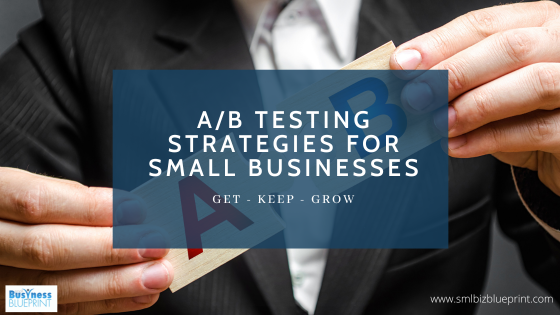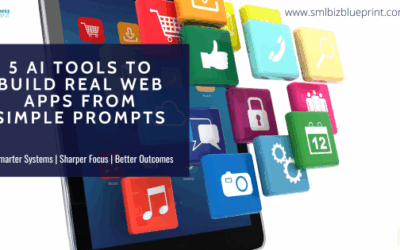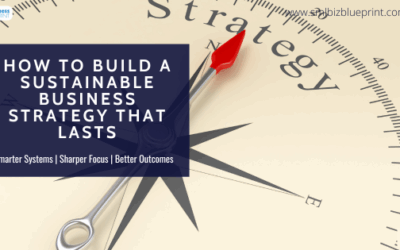In business, staying ahead requires continuous adaptation.
Mastering A/B testing is crucial to establishing authority and gaining a competitive edge.
This comprehensive guide will delve into the core idea of A/B testing, focusing on one key principle: improving your business’s performance.
We’ll explore ten actionable areas where A/B testing can make a profound difference, providing insights, examples, and expertise needed to drive growth.
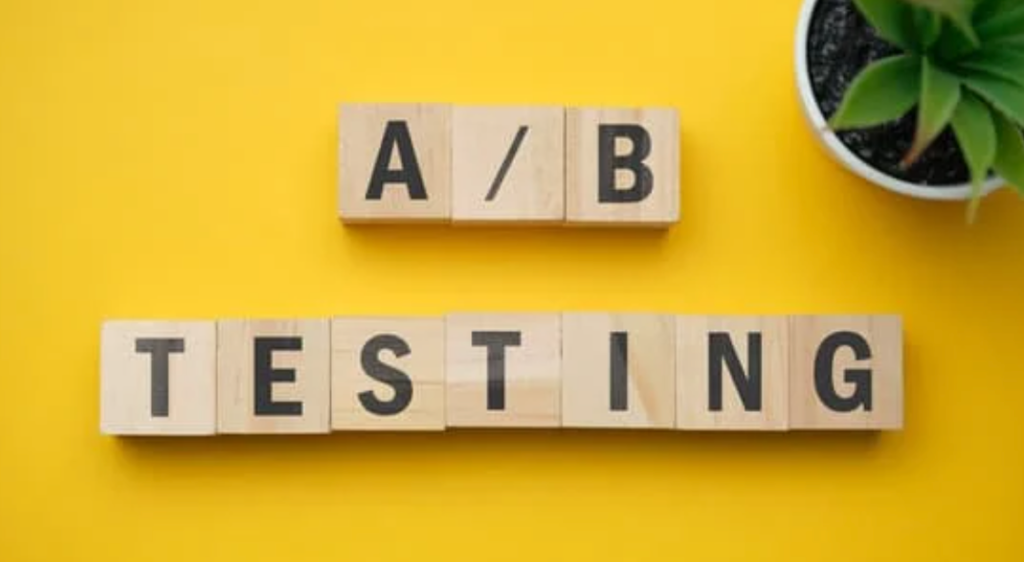
1 Website Headlines:
Your website’s headline is the gateway to your digital world. A/B testing different headlines empowers you to discover which one captures your audience’s attention most effectively.
For instance, testing “Unlock Your Potential with Our Products” versus “Boost Your Success with Our Solutions” could reveal the subtle nuances that significantly impact click-through rates.
Experiment with variations that convey value, urgency, or curiosity to find what resonates best with your audience.
Tips
Test Different Tones and Emotions: Experiment with headlines that convey emotions, such as excitement, curiosity, or urgency, to see which resonates best with your audience.
Include a Benefit: Ensure your headline clearly communicates the benefit or value proposition of your product or service to the customer.
Keep It Concise: Aim for brevity in your headlines, as concise headlines often perform better by quickly grabbing the reader’s attention.
2 Call-to-Action (CTA) Buttons:
Crafting compelling CTAs is an art. Experimenting with variations like “Get Started Now” versus “Start Your Journey Towards Success” can lead to higher conversion rates, guiding your audience towards the desired action.
Additionally, consider your CTA buttons’ size, colour, and placement to maximise their visibility and impact.
Tips
Use Action-Oriented Language: Make your CTA buttons action-focused with phrases like “Get Started,” “Claim Your Discount,” or “Download Now” to prompt immediate engagement.
Create a Sense of Urgency: Experiment with CTAs that convey urgency, such as “Limited-Time Offer” or “Last Chance,” to encourage swift action.
Test Button Colors: Different colours can evoke different emotions and responses. Try variations in button colours to see which one attracts more clicks.
3 Email Subject Lines:
In the realm of email marketing, the subject line reigns supreme. A/B testing subject lines, such as “Exclusive Offer Inside” versus “Limited-Time Discount Alert,” can dramatically influence open rates and click-throughs.
Experiment with different approaches, such as personalisation, curiosity, or highlighting benefits, to entice recipients to open your emails.
Tips
Personalisation Matters: Test subject lines that include the recipient’s name or other personalised elements to make the email more relevant and engaging.
Arouse Curiosity: Create subject lines that pique curiosity and leave the recipient wanting to open the email to discover more.
Test Emoji Usage: Add emojis to subject lines to add visual appeal and convey emotion, but do so sparingly and in alignment with your brand tone.
4 Landing Page Design:
Your landing page design sets the tone for user engagement. Testing different layouts, colours, and imagery can reveal which design resonates most with your target audience, translating into higher conversion rates.
Pay close attention to visual hierarchy, readability, and the alignment of design elements to create an appealing and user-friendly experience.
Tips
Simplify Navigation: Streamline your landing page navigation to keep visitors focused on the desired action. Test variations with fewer menu options or a single clear path to conversion.
Visual Hierarchy Matters: Experiment with different layouts that emphasise key elements such as headlines, visuals, and CTAs to guide visitors seamlessly through the page.
Mobile Optimization: Ensure your landing page design is mobile-friendly, as many users access websites from mobile devices. Test variations to enhance the mobile user experience.

5 Product Descriptions:
A/B testing product descriptions can breathe new life into your offerings. Experiment with detailed versus concise descriptions to find the balance that entices customers to purchase.
Highlight unique selling points, benefits, and social proof within your product descriptions to provide a compelling narrative that convinces potential buyers.
Tips
Highlight Benefits: Test descriptions that emphasise the benefits of your product, showing how it solves specific problems or improves the customer’s life.
Include Social Proof: Experiment with product descriptions incorporating customer reviews or testimonials to build trust and credibility.
Test Formatting: Play with the formatting of your descriptions, trying variations with bullet points, bold text, or subheadings to enhance readability.
6 Pricing Strategies:
Pricing is a delicate balance between profit and customer perception. A/B testing pricing models, like tiered pricing versus a single flat rate, can unveil a strategy that maximises revenue without deterring potential buyers.
Additionally, consider testing different pricing structures, such as subscription-based models or bundle pricing, to cater to diverse customer preferences.
Tips
Anchoring Effect: Test higher-priced options next to lower-priced ones to influence perception. For instance, try “$99 (was $129)” versus a flat “$99” to convey a discount.
Bundle Offerings: Experiment with bundling products or services to create perceived value and increase the average transaction value.
Free Trial vs. Money-Back Guarantee: Test whether a free trial period or a money-back guarantee is more enticing to your customers, depending on your business model.
7 Ad Campaigns:
Advertising spending is precious, and A/B testing ensures it’s used efficiently. Test different ad copy, visuals, and target audiences to refine your campaigns and achieve better ROI.
Dive deep into the performance metrics, such as click-through rates, conversion rates, and cost per conversion, to identify winning combinations and allocate your budget effectively.
Tips
Ad Copy Testing: Experiment with different ad copy variations to find messaging that resonates best with your target audience.
Visual Content: Test different visuals, including images and videos, to determine which capture attention and drive clicks.
Audience Segmentation: Divide your audience into segments and test tailored ad campaigns for each segment to improve relevance and conversion rates.
8 Signup Forms:
Streamlining your signup forms is paramount for lead generation. Experiment with variations in form fields, labels, and designs to boost the number of leads and subscribers.
Test the impact of progressive profiling, which collects additional information over time, versus asking for all information upfront to optimise the user experience and increase form submissions.
Tips
Reduce Form Fields: Test versions of your form with fewer required fields to lower the barrier to entry and encourage more signups.
Clear Labeling: Experiment with label text and field descriptions to ensure clarity and reduce user confusion.
Inline Validation: Implement real-time validation feedback for form fields to prevent errors and improve the user experience.
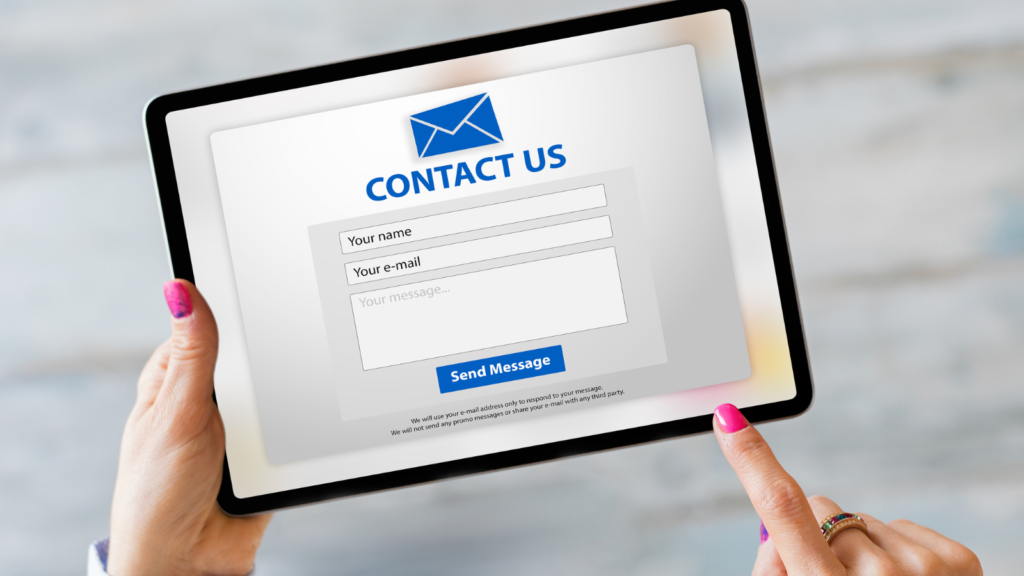
9 Social Media Posts:
Social media is a dynamic channel where content reigns supreme. A/B testing various post types, captions, and visuals helps you uncover what resonates most with your audience, amplifying your reach and engagement.
Consider testing your posts’ timing and hashtags’ use to refine your social media strategy further.
Tips
Post Timing: Experiment with different posting times and days to determine when your audience is most active and engaged.
Visual Styles: Test various image styles, such as infographics, photos, or illustrations, to discover which visual content resonates most with your followers.
Content-Length: Try different post lengths, from concise to longer, more in-depth content, to see which generates more engagement and shares.
10 Checkout Process:
The checkout process is the final frontier of conversion. A/B test the steps and payment options to minimise cart abandonment rates and ensure a smooth customer journey.
Experiment with one-page checkout versus multi-step processes and various payment gateways to create a seamless experience that encourages customers to complete their purchases.
Tips
Streamline Steps: Test variations that simplify the checkout process by reducing the steps required to purchase.
Guest Checkout vs. Account Creation: Determine whether offering a guest checkout option or requiring account creation is more effective in reducing cart abandonment.
Payment Options: Experiment with offering different payment methods, including credit cards, digital wallets, or buy now, pay later options, to accommodate diverse customer preferences.
Top Priorities:
Call-to-Action (CTA) Buttons:
The effectiveness of your CTA buttons can significantly impact conversion rates. Test different CTA button text, colours, sizes, and placements to find the combination that encourages the most conversions. Start with your most critical CTAs, such as “Buy Now” or “Subscribe,” and expand from there.
Website Headlines:
Headlines are the first thing visitors see on your website. A compelling headline can capture attention and drive engagement. Test variations of your website headlines to determine which resonate best with your audience. Focus on headlines that directly relate to your core offerings or promotions.
Email Subject Lines:
Email marketing is a powerful tool, and subject lines are the gatekeepers of your email campaigns. A/B test different subject lines to improve open rates. Experiment with personalisation, curiosity-inducing phrases, and benefit-focused subject lines to see which approach generates the highest email engagement.
Unique Enhancements
Microinteractions and Animations:
Testing subtle micro-interactions and animations on your website or app can enhance user engagement and user experience. These can include hover effects, loading animations, or interactive elements. A/B testing such elements can reveal whether they capture users’ attention positively or negatively impact their interaction with your site.
Pricing Decimals and Formatting:
Experimenting with the formatting of prices, such as changing from $1000 to $1,000 or testing whether prices ending in “.99” or “.00” are more appealing, can impact perceived value and purchase decisions. These small changes can have a surprisingly significant effect on conversion rates.
Content Personalization and Dynamic Elements:
Implementing content personalisation based on user behaviour and preferences, such as showing tailored product recommendations or dynamic content blocks, can boost engagement and conversions. A/B testing these personalised elements can help you fine-tune your content strategy and improve user satisfaction.
FAQs:
Q1: What is A/B testing?
A1: A/B testing compares two versions of a webpage, email, or other content to determine which performs better regarding a specific goal, such as increasing clicks or conversions.
Q2: How do I get started with A/B testing?
A2: Identify the elements you want to test and set clear goals. Then, use A/B testing software to create and track your experiments.
Q3: What should I do with the results of A/B tests?
A3: Analyze the results to determine the winning version and implement the changes on your website or marketing campaigns.
Q4: How long should I run an A/B test?
A4: The duration of an A/B test depends on factors like your website traffic. As a rule of thumb, aim for at least one to two weeks to gather sufficient data.
Q5: Can A/B testing be used for offline businesses?
A5: Yes, A/B testing can also be applied to offline businesses. For instance, you can A/B test signage, store layouts, or direct mail campaigns.
Conclusion:
In small to medium-sized business ownership, seizing every opportunity for growth is paramount. A/B testing isn’t just a strategy; it’s a mindset that empowers you to make data-driven decisions.
By focusing on the ten critical areas outlined in this guide and diving deep into the specifics, you can harness the power of A/B testing to elevate your business to new heights.
It’s time to take action, implement these strategies, and watch your business flourish.

